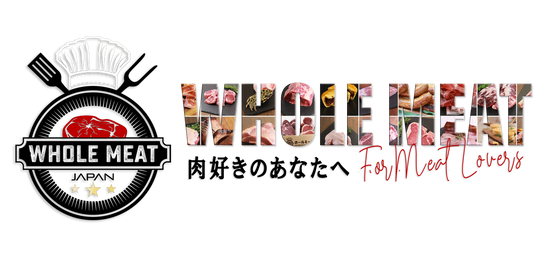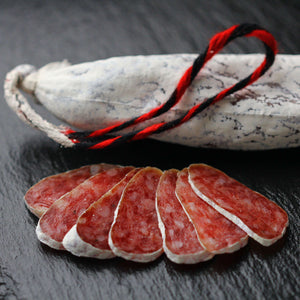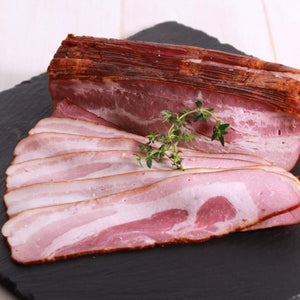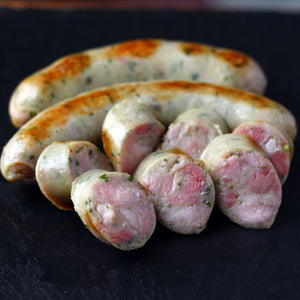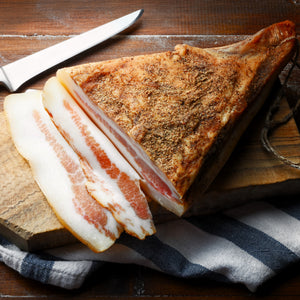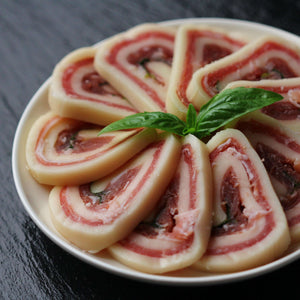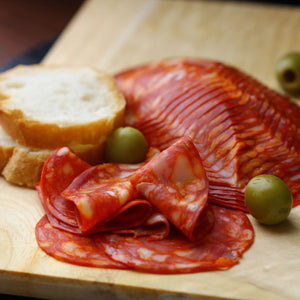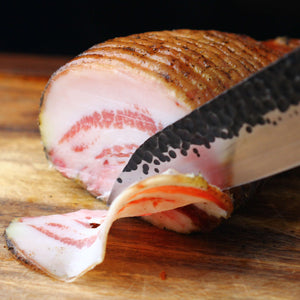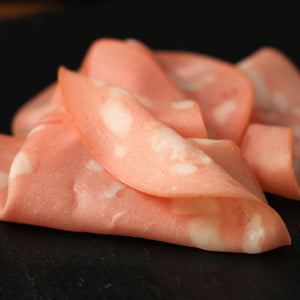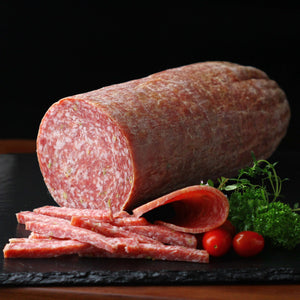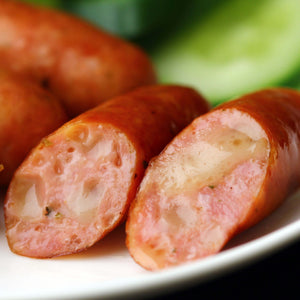- Home
- Salami Milano Sliced 80g
Salami Milano Sliced 80g
Shipping
Question: How much shipping fee do you charge?
Answer: Shipping fees are 880 Yen, except for Okinawa, Kyushu, and Hokkaido (1200 Yen). If your order exceeds 10,000 Yen, shipping will be free.
Question: Can I request a specific date for my delivery?
Answer: Yes, it is possible. You can enter your desired delivery date and time in the field ORDER NOTES in your cart before placing your order. The following time slots are available:
- Before Noon
- 2pm - 4pm
- 4pm - 6pm
- 6pm - 8pm
- 7pm - 9pm
Please do not schedule your order for more than 30 days in the future.
Answer: If we receive your order until 1 pm, it will normally be shipped the same day. Orders placed after 1 pm will be shipped the next business day. If we receive your order on Friday evening, we will ship the next Monday if there is no public holiday. Shipping usually takes 1 to 3 business days, but this also depends on the conditions of the shipping company (there might be delays especially around New Year and Obon) and where in Japan you are located.
Question: How do you ship my order?
Answer: All orders are shipped with Yamato/Kuroneko Cool Ta-Q-Bin to guarantee a continuous cooling chain. So your products will arrive at the same temperature as we send it out!
Payment
Question: Which payment methods are available?
Answer: You can pay by credit card, Amazon Pay, convenience store payment (extra fees will occur), cash on delivery (via Yamato) and NP Later Pay. If you choose cash on delivery, an additional fee has to be paid.
The following credit cards can be used:
MASTERCARD - VISA - AMERICAN EXPRESS

Wholesale Customers
If you own a restaurant or hotel in Japan and you are interested in buying our products, feel free to contact us. Please provide the following information:
- Your name
- Your company's name
- Email address or telephone number
- Desired products and quantity
Thawing
Thawing takes some time, so plan ahead. There are two main methods: thawing in the refrigerator or thawing in ice water.
In the refrigerator: This method is convenient and safe but takes some time. The golden rule is 24 hours for 5 pounds of meat, but this also depends on the temperature of your fridge. Just place your meat into your refrigerator and wait until it is thawed.
In ice water: This method is faster, but also more work. Take an adequately big container (bowl, small bucket) and fill it with water, then add ice cubes. The meat has to be placed in a waterproof bag to avoid contamination, before submerging it into the ice water. Thawing takes approximately 3 hours for 1 kg of meat when using this method.
Refreezing
Refreezing already thawed meat should be avoided, if possible. If you need to refreeze your meat, we recommend to cook it beforehand.
Related Products
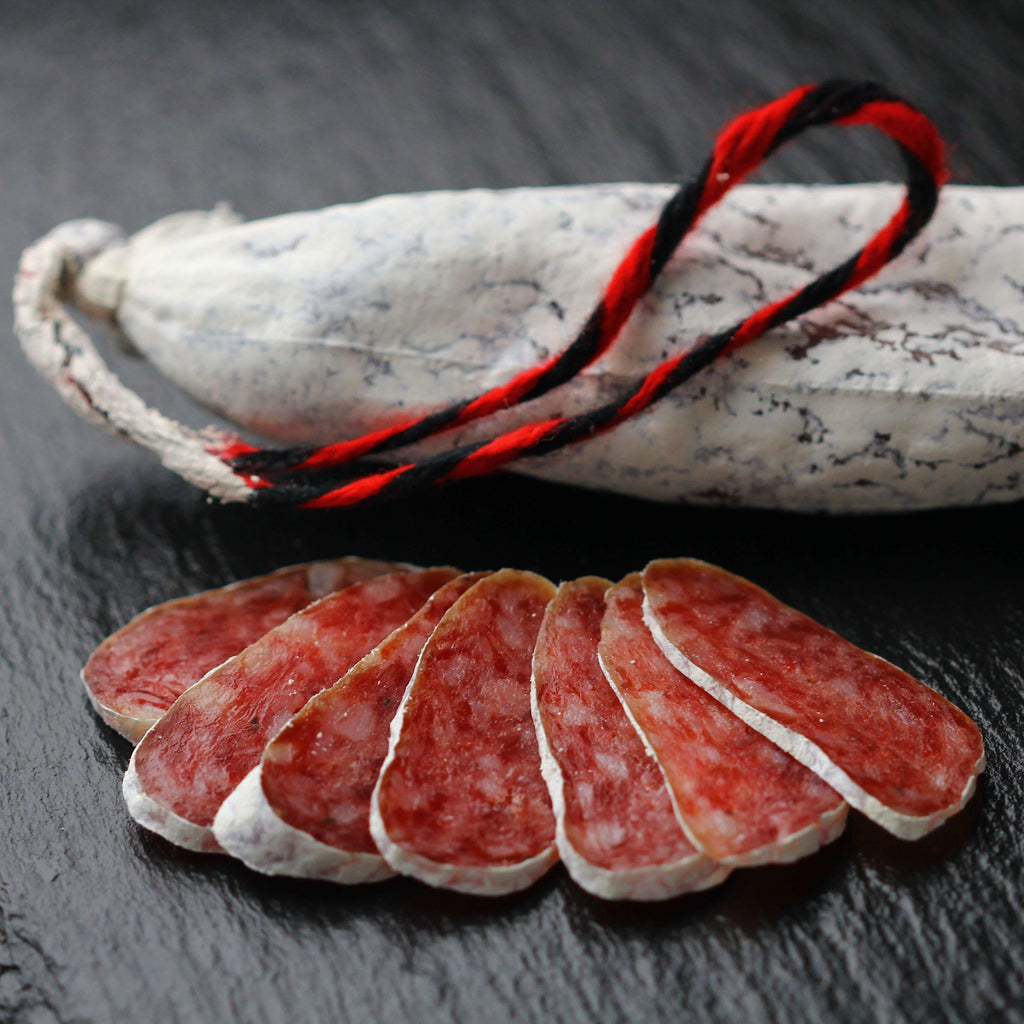
Longaniza Traditional, salchichon, saucisson tradionnel 170g | Spain
¥1,240
This is DELICIOUS! This is what comes closest to the saucisson sec (dried salami, salchichon, dry-cured sausages) I use to eat in my childhood as a snack and later for the apero as a grown-up. Being searching for this taste since I came to Japan. You can further develop and intensify the taste by hanging and drying it, however, be careful not t...
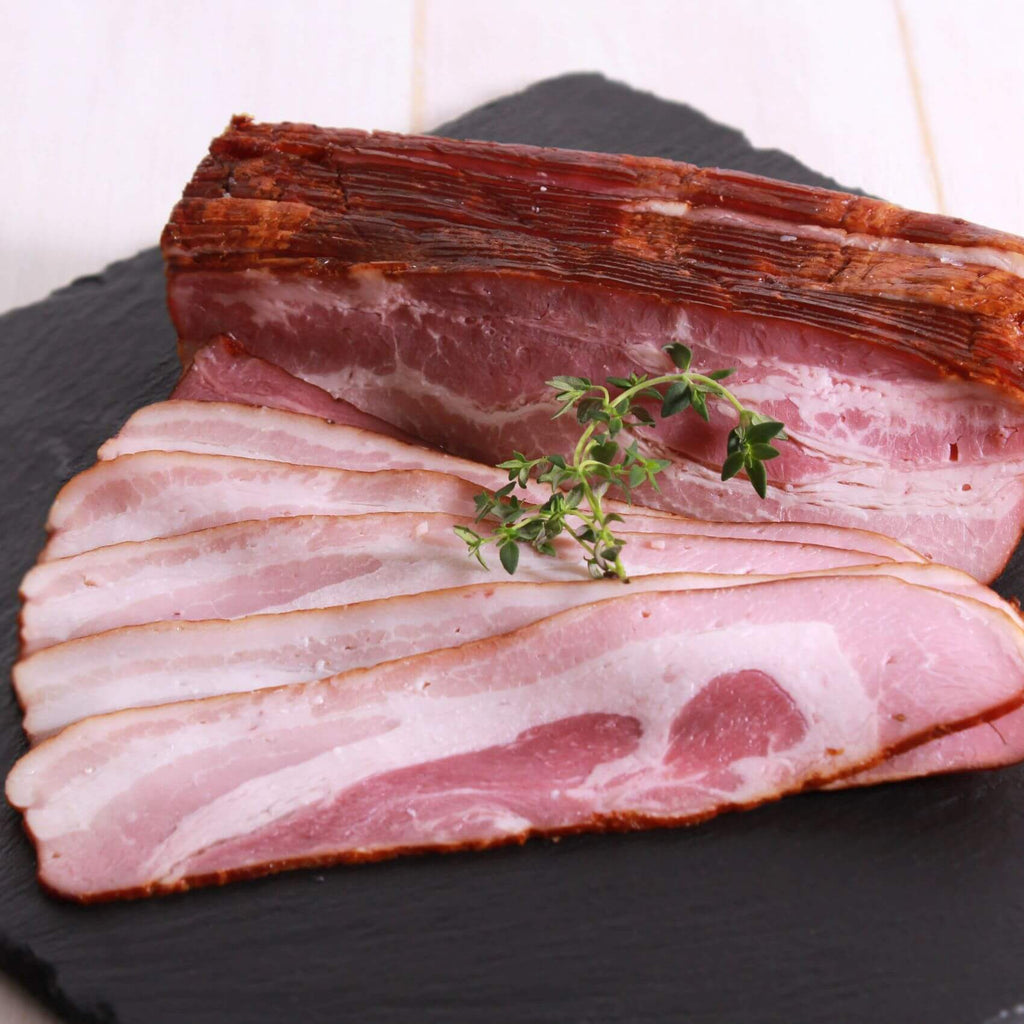
Austrian Smoked Bacon Slices (500g)
¥2,550
Delicious, smoked bacon slices from Austria. Totally different from every normal bacon you can possibly get in Japan - this is the real deal. Eat it for breakfast, for lunch, dinner or just in between. With 120 years of tradition, Frierss guarantees the best quality, safety and of course best taste.No wonder they are awarded the "Prize for Long...
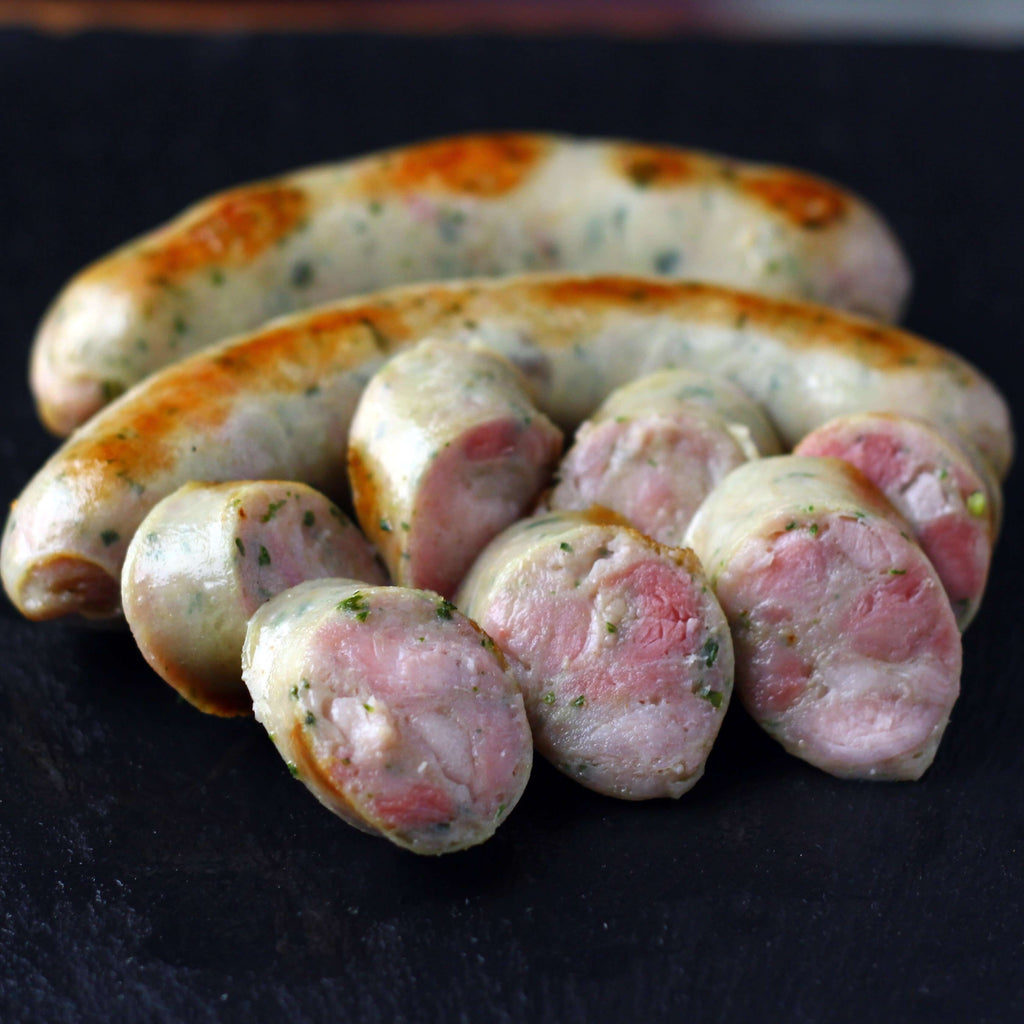
Basil Sausages 300g
¥1,080
These sausages are the perfect treats for those who want to enjoy sausages without the guilt of eating too fat...they are made with lean pork meat, have a low percentage of fat, and have fresh basil leaves chopped and kneaded into the mix. They are pre-cooked so all you need to do is warm them, grill them or give them that extra bit of flavor b...
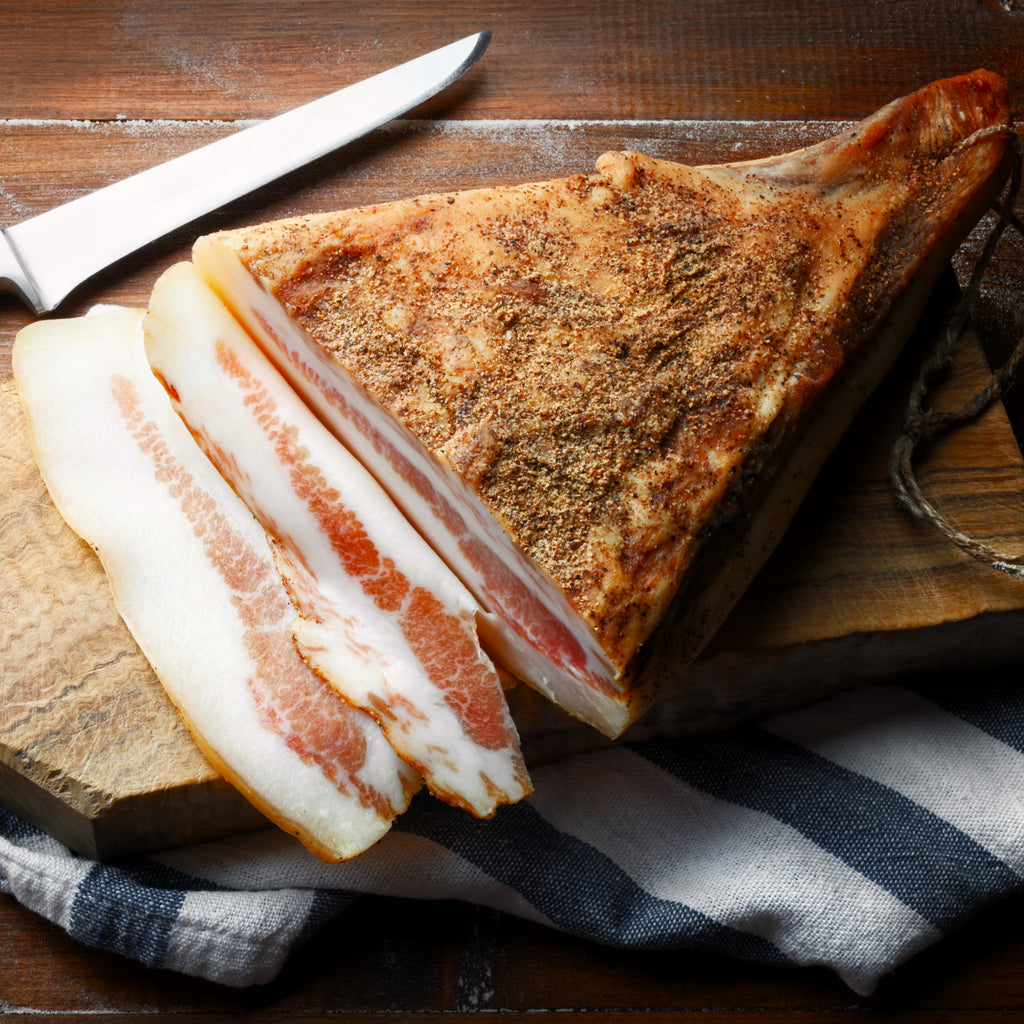
Guanciale | Italian Cuisine
¥3,890
Italian cuisine is famed for its pasta dishes, and sunny and Mediterranean flavors. There is a key ingredient to achieve those lovely flavors and that is pork fat. Not just any pork fat though, Italians are also known for their large variety of cured meat from different cuts, animals with taste changing depending on the region of production. W...
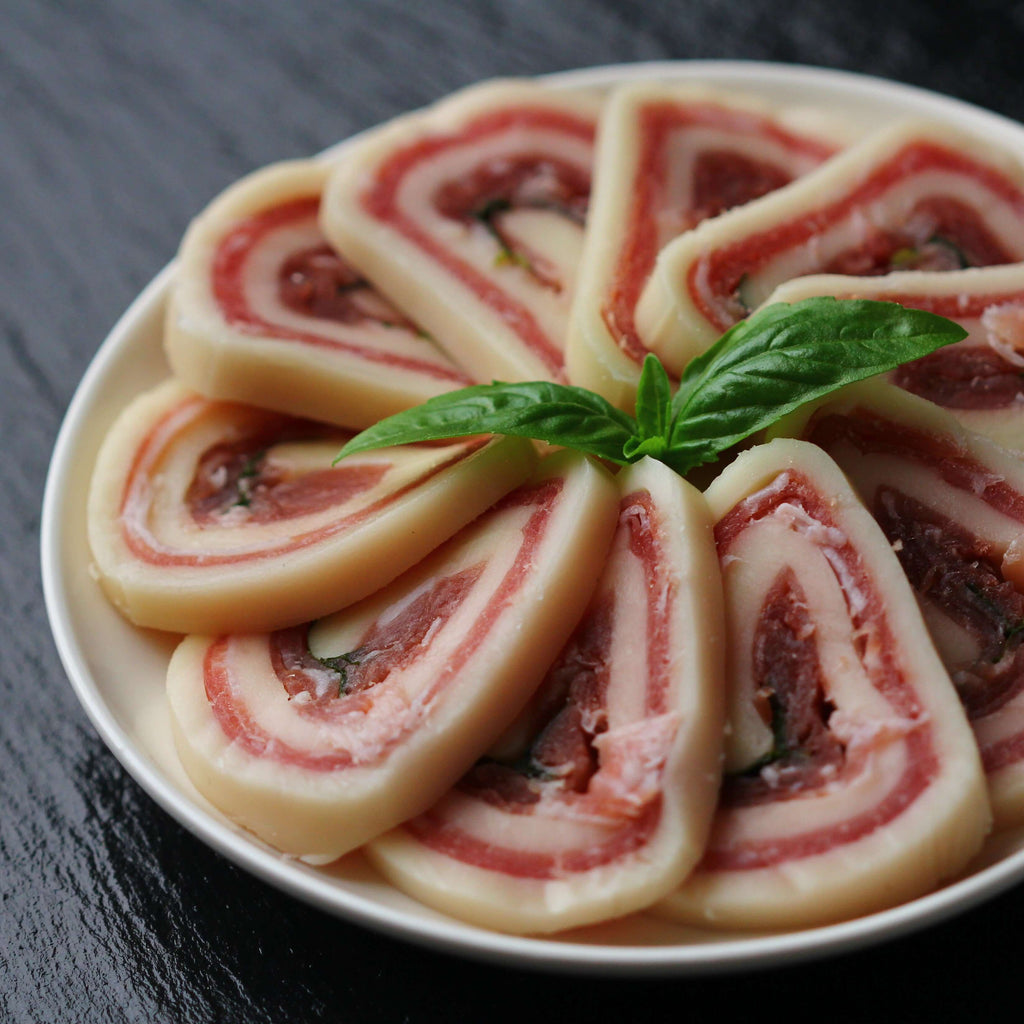
ROLTINI with Mozzarella & Prosciutto & Basil 170G | Italian snacks
¥1,980
What is Roltini? Premium Mozzarella cheese wrapped with thinly sliced prosciutto for a natural and filling on-the-go snack. Volpi Roltini Singles are gluten-free, high-protein gourmet snacks made from Volpi's finest hand-crafted cured meats, fresh mozzarella cheese and to top it up the basil will definitively transport you to Italy. What does i...
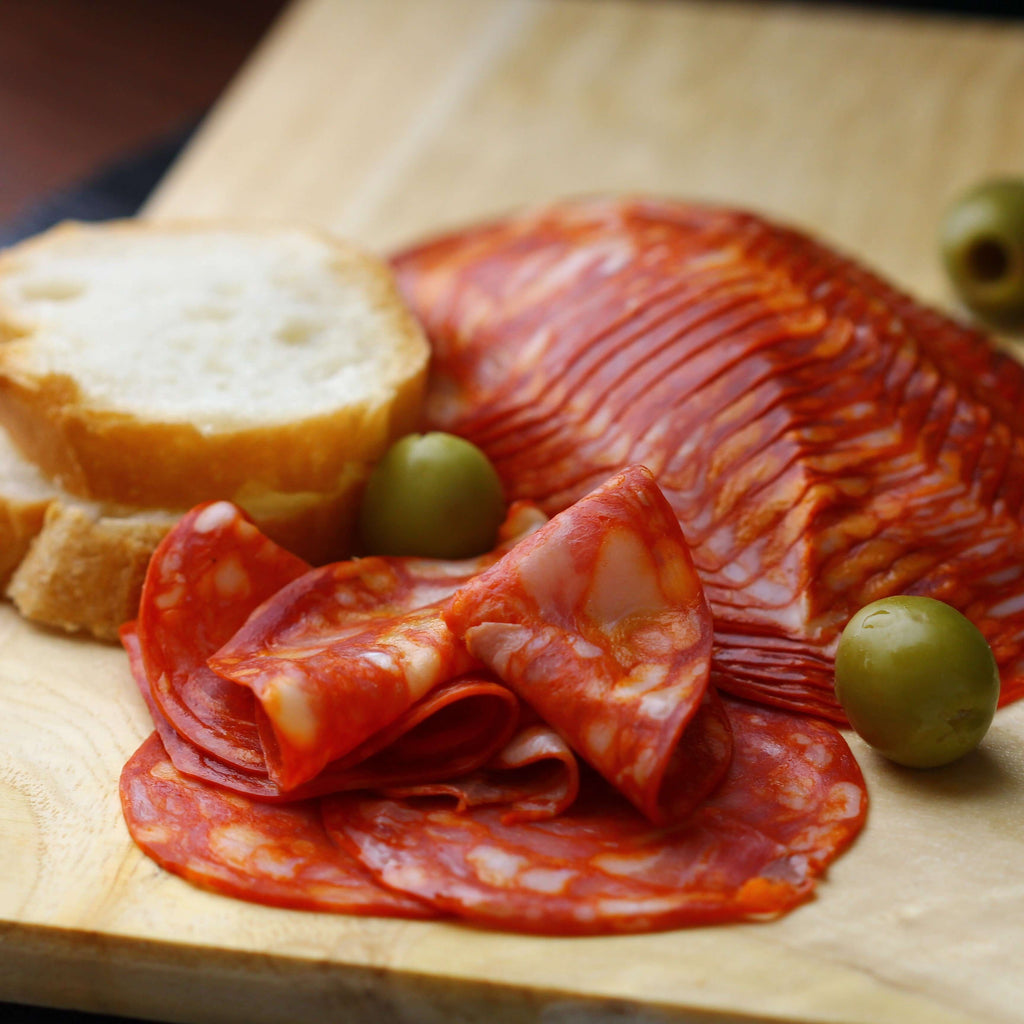
Spanish Chorizo Slices 200g
¥1,200
Chorizo is a name given to a variety of sausages, both fresh and cured, originating from the Iberian Peninsula (now Spain and Portugal). Chorizo is made from pork, is heavily seasoned, and has a characteristically red color. Spanish Chorizo? Spanish chorizo is a cured, or hard, sausage made from coarsely chopped pork. The red color of Spanish ...
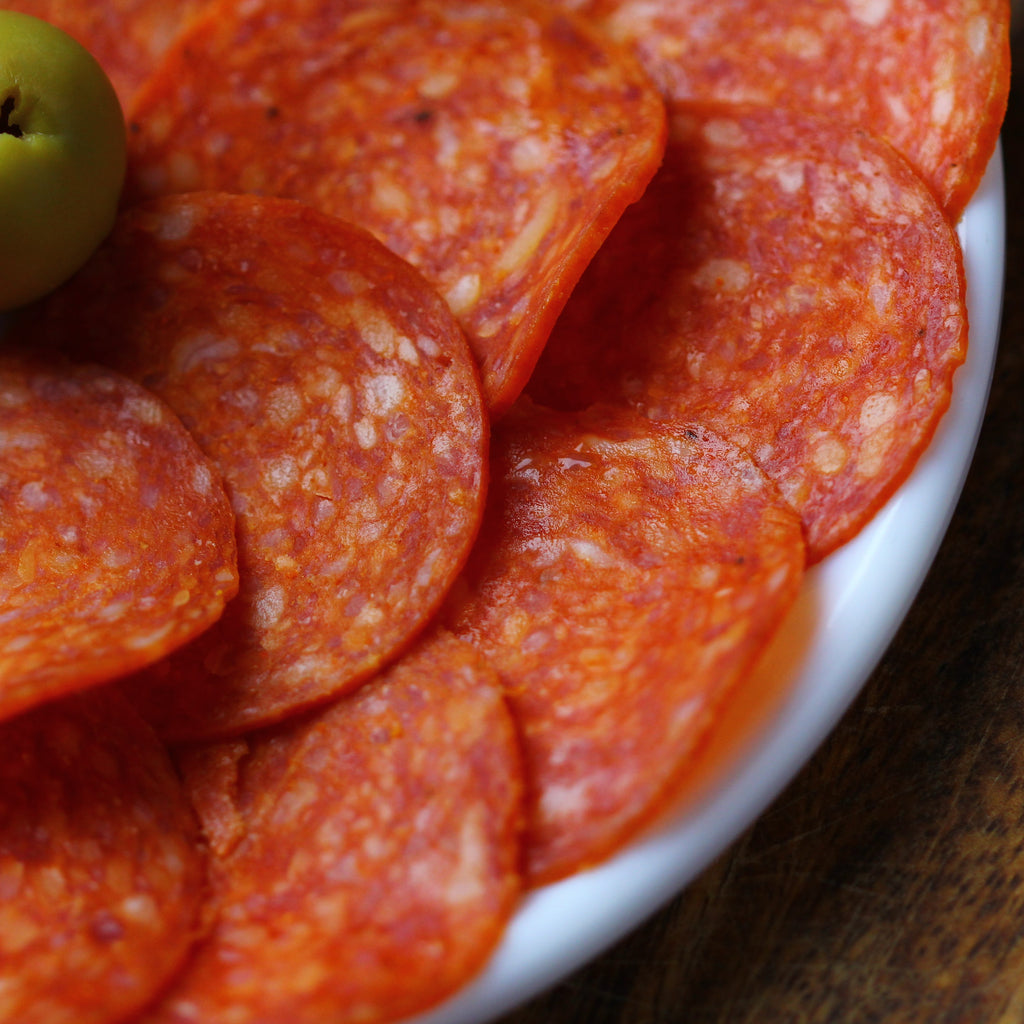
Pepperoni Slices – Premium Quality for Pizza & More
¥935
Our Pepperoni Slices are made from high-quality, seasoned pork and beef, offering a perfect balance of smoky, spicy, and savory flavors. Thinly sliced for convenience, they are ideal for pizzas, sandwiches, charcuterie boards, and a variety of gourmet dishes. Key Features: ✔ Rich & Flavorful – A perfect blend of pork, beef, and spices, deliv...
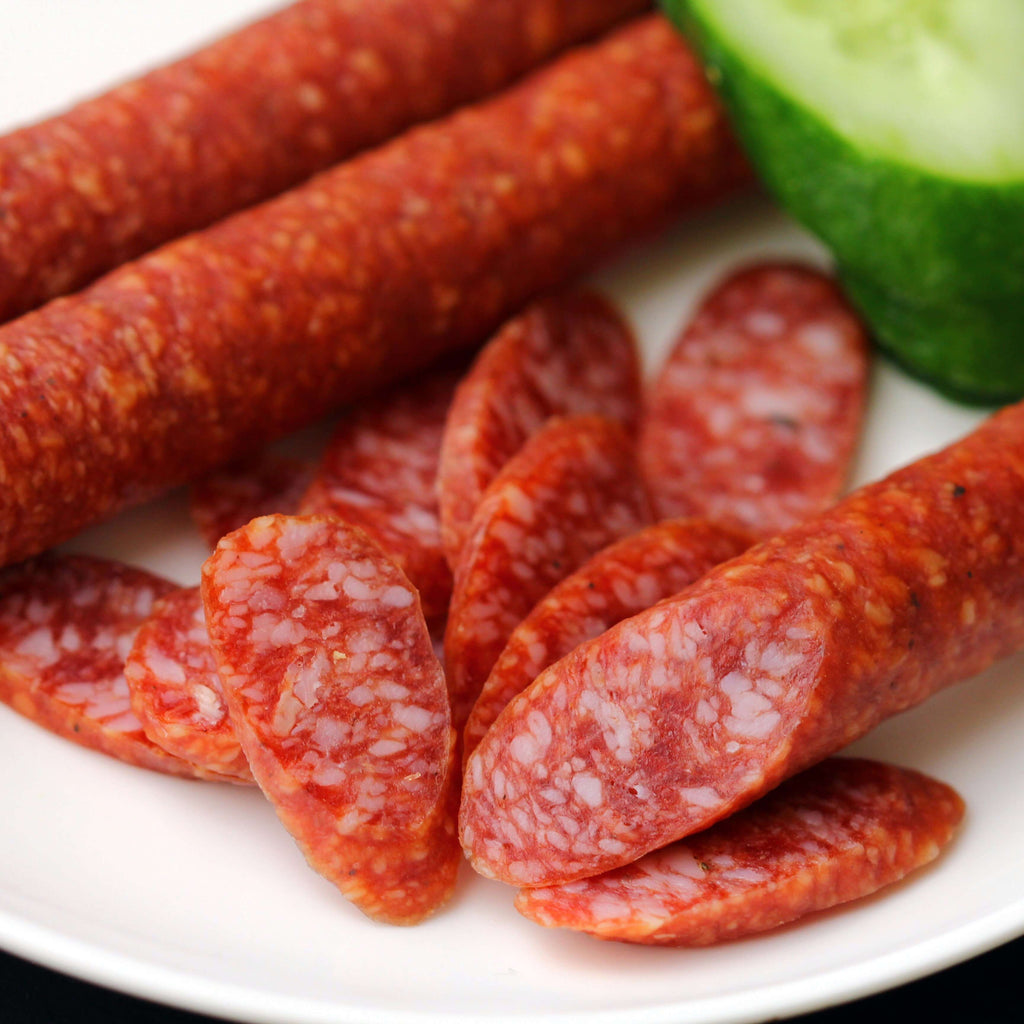
Carinthian farm style raw sausages - Hauswürstel 3 x 2 packs
¥1,280
The Original from Carinthia. Hand-crafted according to our traditional family recipe and aged 6 weeks in the mountain air. Flavorful. How It's Made Only the best beef and pork can pass the Frierss’ Original Carinthian farm style sausages test. Refined with our delicate spice blend, whose recipe has been a well-kept family secret for generat...
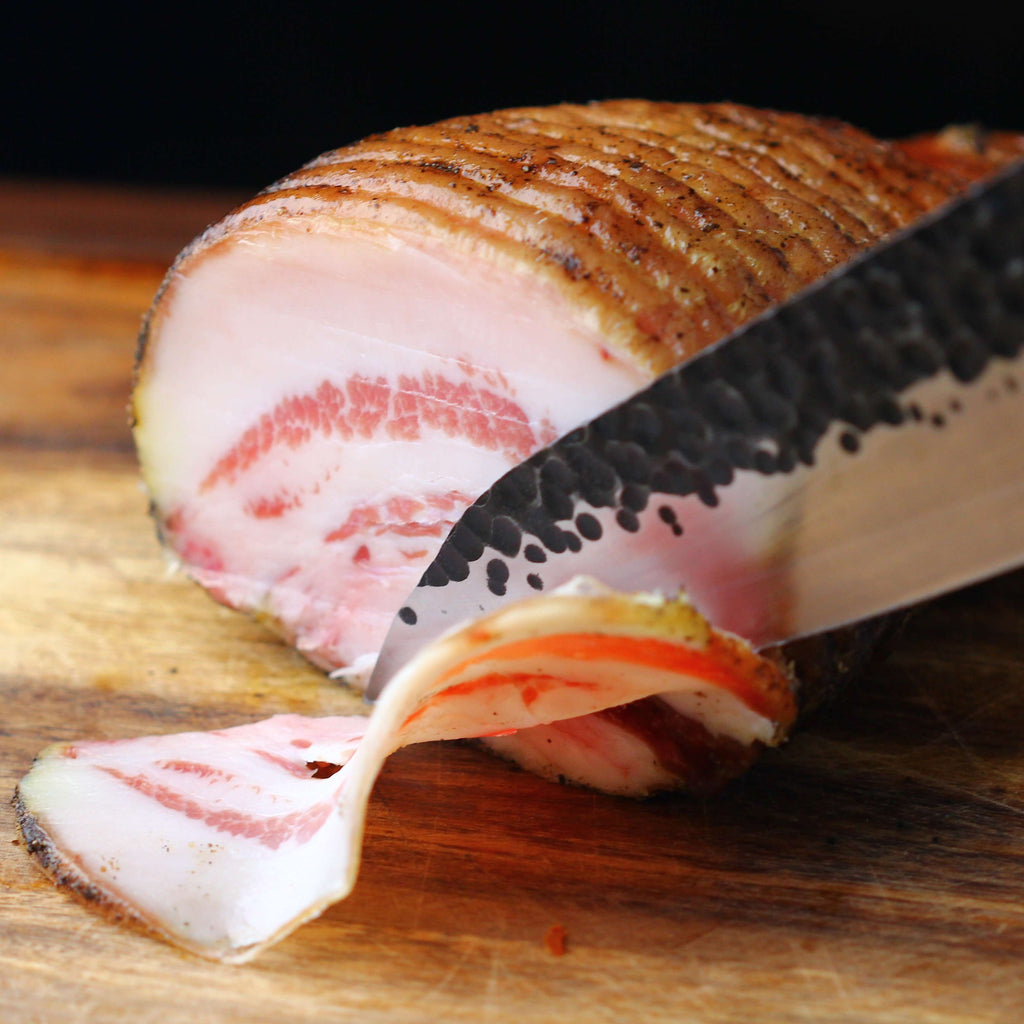
Guanciale 550g ~ 800g | Italian Cuisine
¥2,190
Italian cuisine is famed for its pasta dishes, sunny and Mediterranean flavors. There is a key ingredient to achieve those lovely flavors and that is pork fat. Not just any pork fat though, Italians are also known for their large variety of cured meat from different cuts, animals with taste changing depending on the region of production. What ...
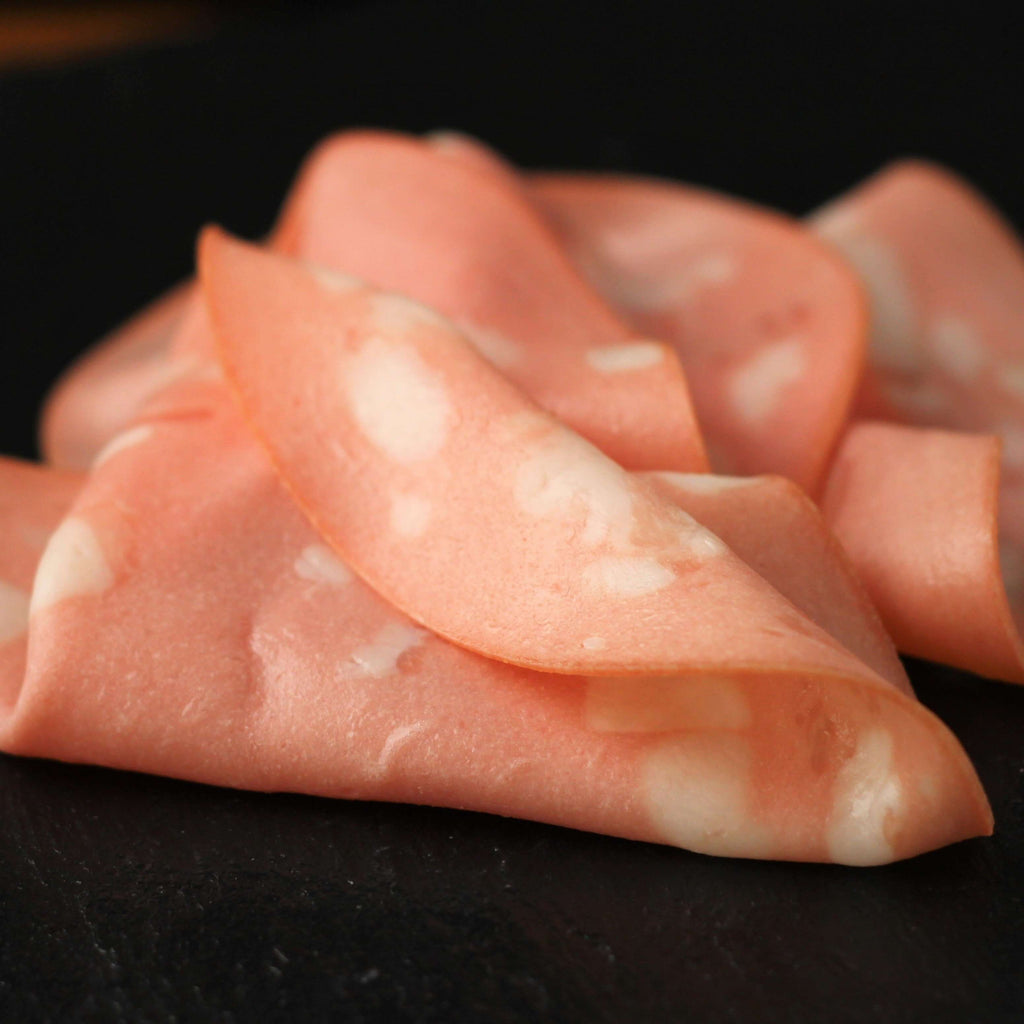
Italian Mortadella Slices 250g
¥1,690
In small cubes, mortadella goes wonderfully with pasta, gratin or sautéed vegetables. But not only ! here you will find out all you need to know about mortadella. What is mortadella? Mortadella is part of the charcuterie family. It comes from Italy and looks like a big pinkish sausage. It is usually made with pork, sprinkled with diced bacon (la...
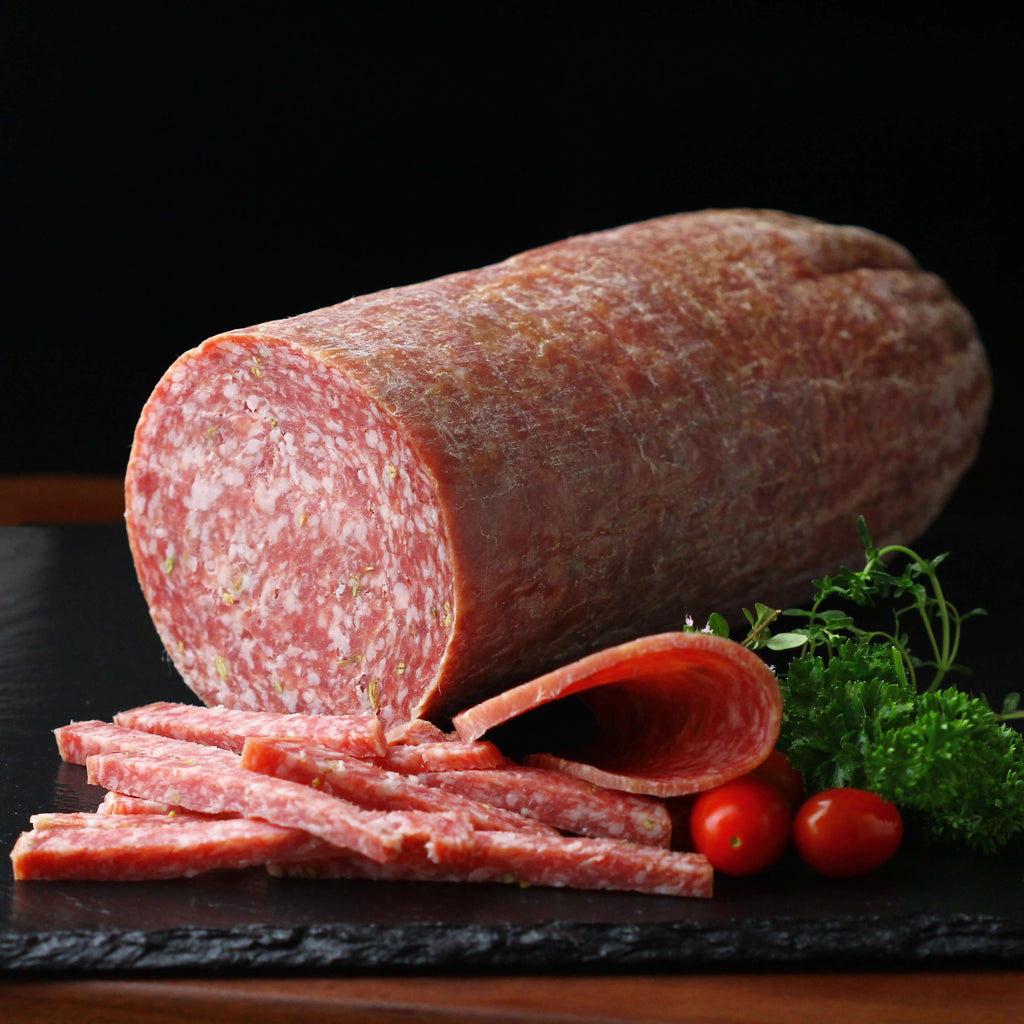
Fennel Salami (Finocchiona)
¥8,880
Finocchiona is one of the most loved among Tuscan pork products. Its name comes from "finocchio", or fennel used to flavor the lean pork shoulder and cheek fat used in the sausages. This dry-cured salami is often aged as long as five months to a year to develop its delectable flavor and aroma. Short story of Its origins? As old Italian folklor...
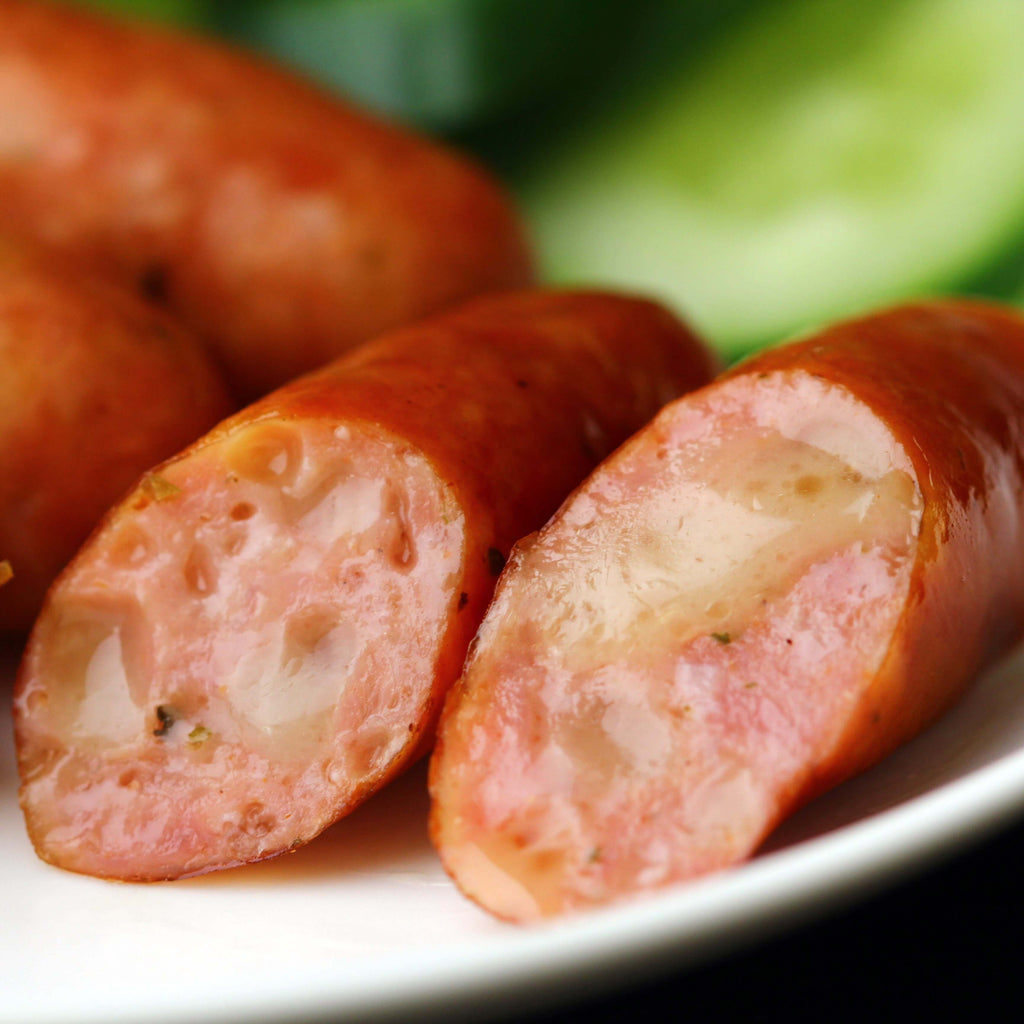
Sausage filled with cheese for grilling - Kasegriller 7 pcs
¥750
This is the cocktail size version of this product. This cheesy sausage is made from premium pork and Emmentaler cheese. It has a smooth, creamy texture and is bursting with flavour. The sausage pairs well with a spicy, flavourful mustard to cut through the richness. It should be served with a variety of artisan beers as part of a party snack pl...
